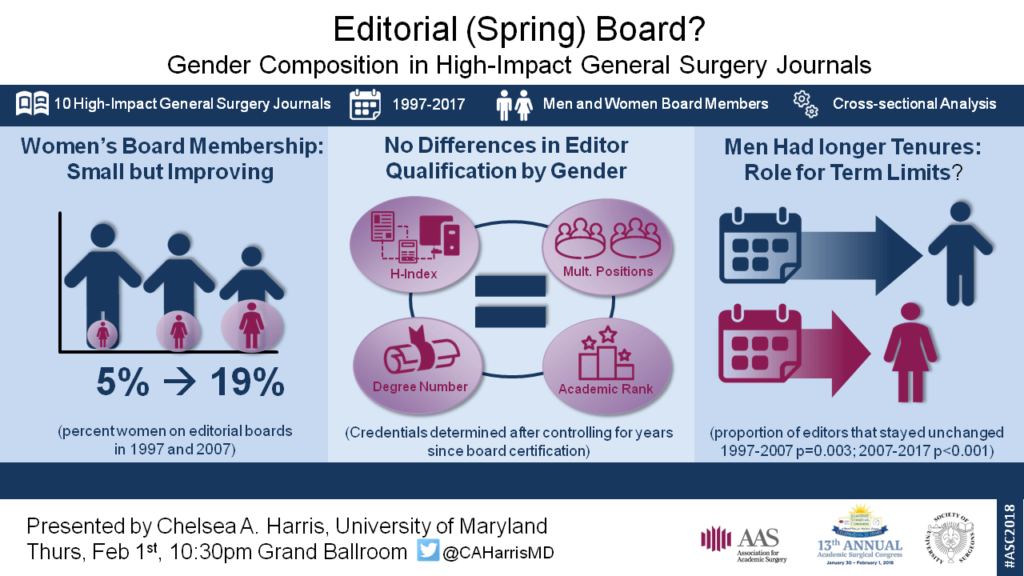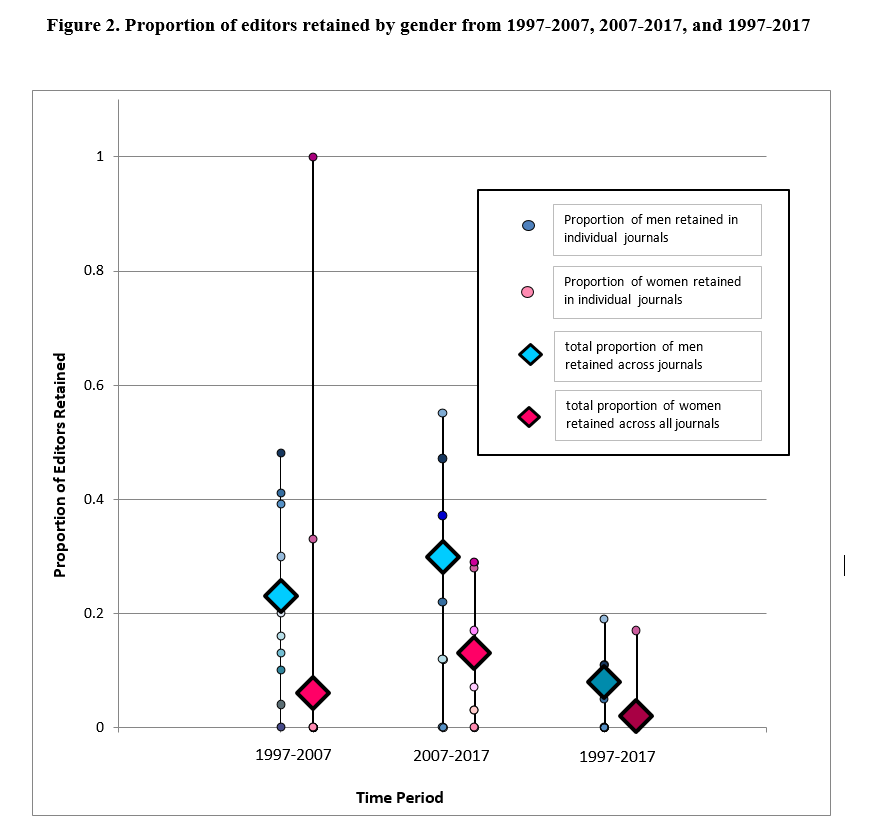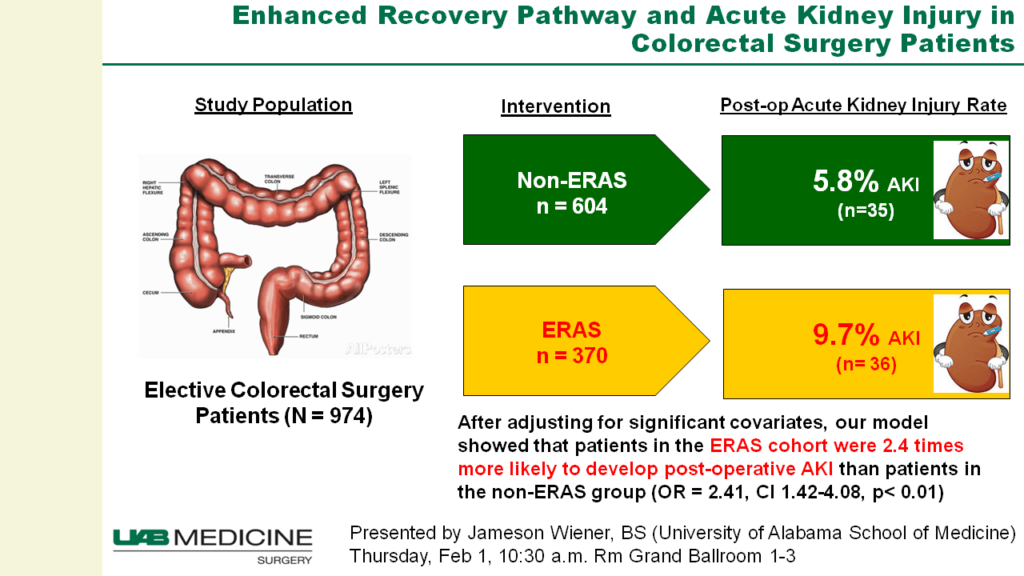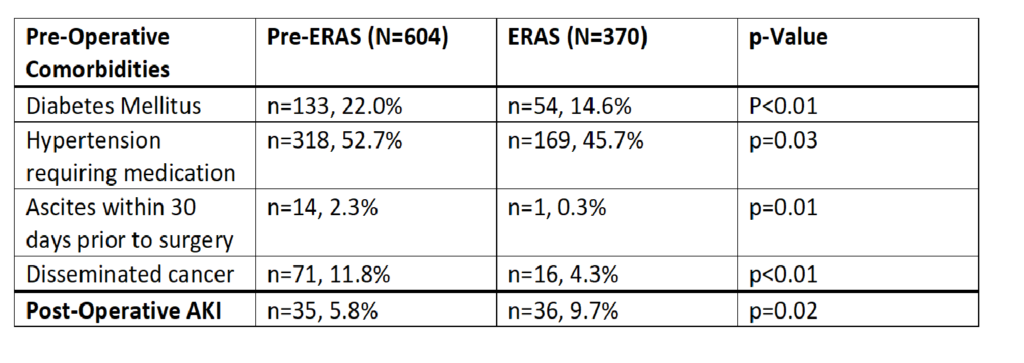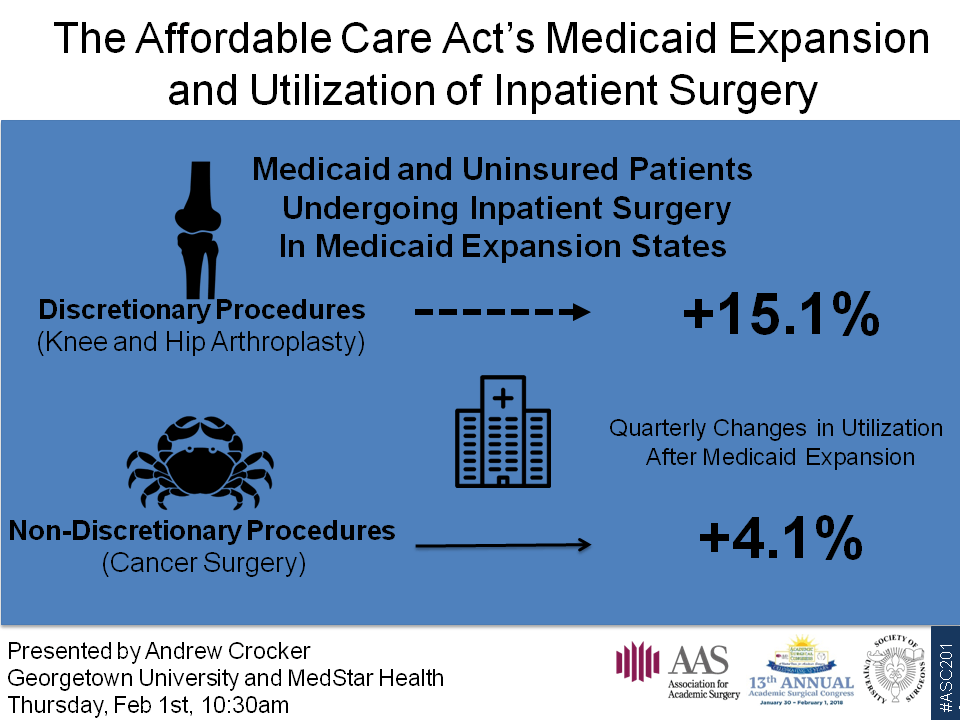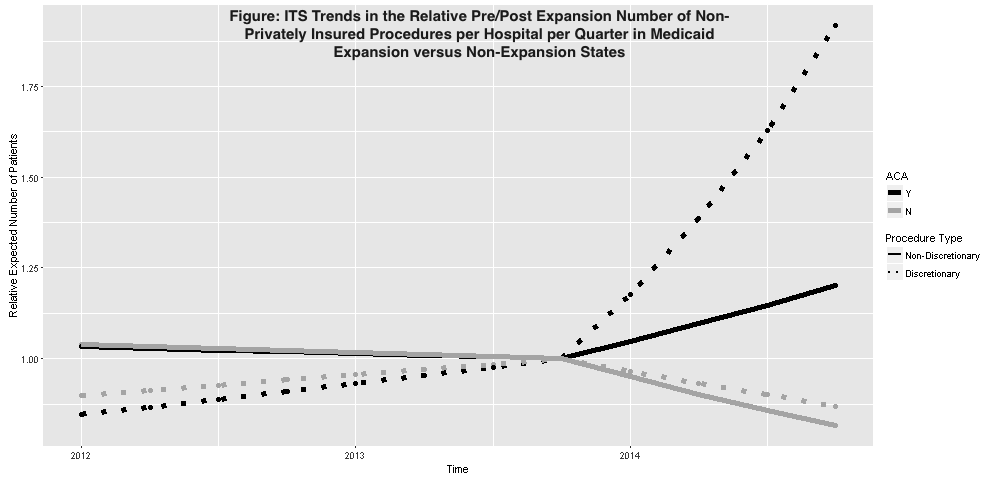B. Hewitt1, E. Blay1, L. J. Kreutzer1, K. Y. Bilimoria1, A. D. Yang1 1Northwestern University,Surgical Outcomes And Quality Improvement Center,Chicago, IL, USA
Introduction: Venous thromboembolism (VTE) is the leading cause of preventable hospital mortality. Current quality measures for VTE prophylaxis are problematic due to surveillance bias, are not comprehensive, do not ensure appropriate administration, and cannot identify reasons why failures to provide chemoprophylaxis occur.
Methods: We examined adherence to a novel process measure in patients who underwent elective or non-elective colectomy over an 18 month period at 36 hospitals in a statewide surgical collaborative. The process measure assessed comprehensive VTE chemoprophylaxis during a patient’s entire inpatient hospitalization, including reasons chemoprophylaxis was not given. Unadjusted and adjusted analyses were performed to identify reasons for failure to provide defect-free chemoprophylaxis and examine patient- and hospital-level factors associated with failure.
Results: Out of 4,086 total colectomies, the standard SCIP-VTE-2 prophylaxis measure publicly reported by CMS identified failure in care in only 1% of cases; however, the new measure unmasked failure to provide defect-free VTE chemoprophylaxis in 18% of cases. Reasons for failure included medication not ordered (29.6%), patient refusal (29.5%), incorrect dosage/frequency (7.9%), patient off unit (3.3%), and other (29.6%). Patients were more likely to fail the chemoprophylaxis process measure if treated at safety net hospitals (Odds Ratio [OR] 1.60, 95% Confidence Interval [CI] 1.06-2.41; p=0.03) or if they were ≤ 40 years old (OR 1.52, 95% CI 1.05-2.20; p=0.03 compared to age ≥ 75 years). Patients treated at Magnet nursing-accredited hospitals (OR 0.45, 95% CI 0.30-0.67; p<0.001) or undergoing elective colectomy (OR 0.77, 95% CI 0.62-0.96; p=0.02 compared to non-elective colectomy) were less likely to fail chemoprophylaxis. Patients ≤ 40 years old (OR 2.20, 95% CI 1.43-3.40; p<0.001), underweight patients (OR 2.19, 95% CI 1.28-3.77; p=0.004) or those that received treatment at safety net (OR 1.97, 95% CI 1.07-3.62; p=0.03 compared to non-safety net hospitals) or teaching hospitals (OR 2.82, 95% CI 1.37-5.84; p=0.005 compared to non-teaching hospitals) were more likely to refuse chemoprophylaxis.
Conclusion: This is the first multi-institution study examining failure patterns in providing comprehensive postoperative VTE chemoprophylaxis. In stark contrast to SCIP-VTE-2, our measure unmasked chemoprophylaxis failures in 18% of colectomies in a statewide surgical collaborative. Most chemoprophylaxis failures were due to patient refusals and ordering errors, occurring throughout the inpatient postoperative period. Thus, hospitals should focus improvement efforts on ensuring patients receive VTE prophylaxis throughout their entire hospitalization.

